I recently hit my one year anniversary at inSegment—and I’ve been feeling all nostalgic about what I’ve learned these past 12 months grinding through the gauntlet of digital marketing lingo, platforms, and agency culture.
I remember thinking my first few weeks on the job:
“I don’t understand a word these people are saying”
I was an outsider then, not yet versed in the dizzying, often comical, vocabulary of marketing acronyms and catchphrases.
“We’re optimizing our keywords to crush last month’s CPL, CPC, and CTR.”
Totally. Let’s optimize. Hard.
Jokes aside, I did eventually learn to love and appreciate marketing terminology, and the various platforms we use at inSegment to help our clients generate significant leads and revenue.
Yet for all the obsession over martech and hitting KPIs, I’ve found that what’s often lost in the Agency-Client relationship is the importance of, and appreciation for, clever and decipherable content.
Attention, Human. Click This Ad So We Can Tell Our Client We’re Ninja-Rockstars
As Digital Marketers, we sometimes approach ad copy with the same binary marketing mindset we use to assess the health of our PPC campaigns.
Is this headline driving cheaper clicks?
Which asset has the stronger conversion rate?
Should I A/B test additional ad copy?
While those types of questions are completely valid, we forget that things like headlines, keyword lists, and a snappy CTA all fit into a larger picture—something more esoteric but just as important as ratios and dollar signs. Ultimately, we want people to unequivocally “get” our client’s brand, whether they are paying to click on an advertisement or not.
If your client’s logo fell off, would you be able to differentiate their content from competitors?
Whether you’re writing copy for a Google Search Ad, or promoting a Facebook post, it should read like it was written by a human and not some AI bot that mashes together keywords and industry jargon.
I See The Light for B2B Inbound Marketing
Creative marketing campaigns shouldn’t be limited just to one type of industry or customer base. Why can a B2C company be quirky and fun, but a B2B company has to look super serious and boring?
In fact, the whole B2C and B2B labelling is a bit misleading and dated. When it comes to marketing, I think we all agree we’re trying to market to people, not office buildings or software code. Better to approach your inbound content strategy with a Person-to-Person (P2P) mindset.
Take inspiration from my second awakening this month. I recently purchased new glasses from Warby Parker, an established yet weirdly approachable company, and king of fresh, non-salesly sounding marketing content.
Before Warby Parker, I always struggled to find an affordable and stylish pair of glasses. When I came across these four-eyed titans on a Google Search I was blown away by how their content was unconventional, playful, and helpful—they made buying from them both easy and fun.
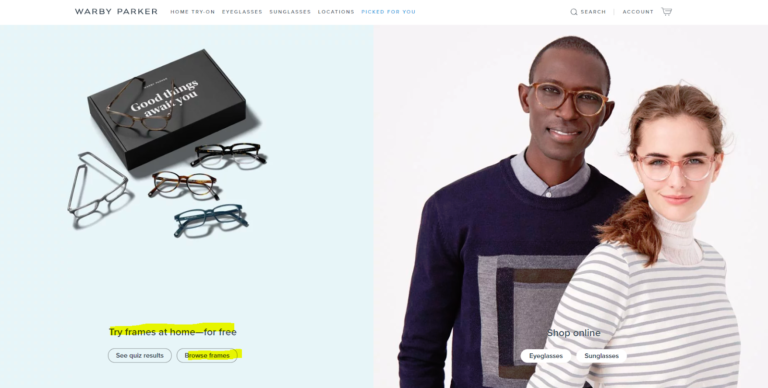
WP’s homepage, with a clear message above-the-fold that immediately explains their biggest value proposition: try on frames for free.
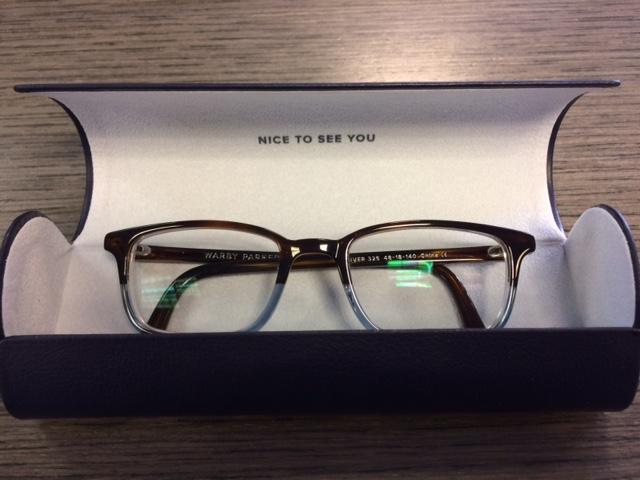
My glasses arrived in this sleek case, adorned with a cute pun. (yes, I wear baby glasses)
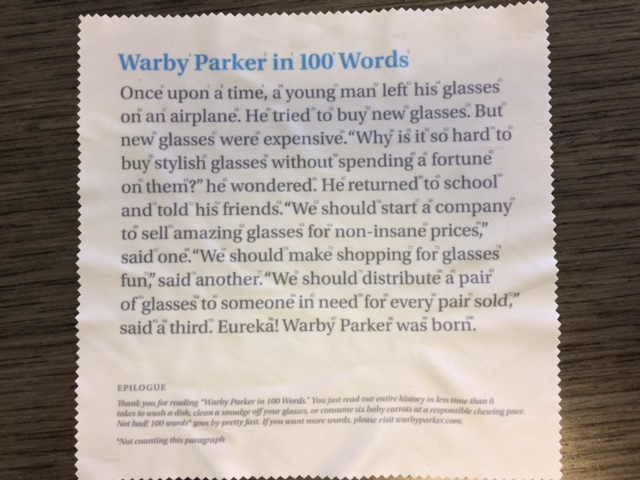
Even their microfiber cloth is a marketing gem–100 simple words that tell you everything you need to know about the company’s story & brand: WP glasses are inexpensive; buying them is fun; for every glasses sold, a pair is given to someone in need (they have clear values and are proud of them).
You might be thinking: this content works well when things are light-hearted and going well, but how can my clients communicate with customers when things go wrong?
Greet Your Mistakes With Creativity
Let’s be real: it’s impossible to completely eliminate negative customer experiences, especially online.
As marketers, we’re constantly doing repair work to make sure users are actively and intentionally engaging with our digital campaigns. We troubleshoot anything from demographic targeting to conversion tracking problems, and entire site audits.
Yet even when accidents happen, like a dead landing page, you can still leverage creative content to repair your client’s brand and prevent customers from leaving.
Check out this brilliant example I came across earlier this week from EmailCenter UK:
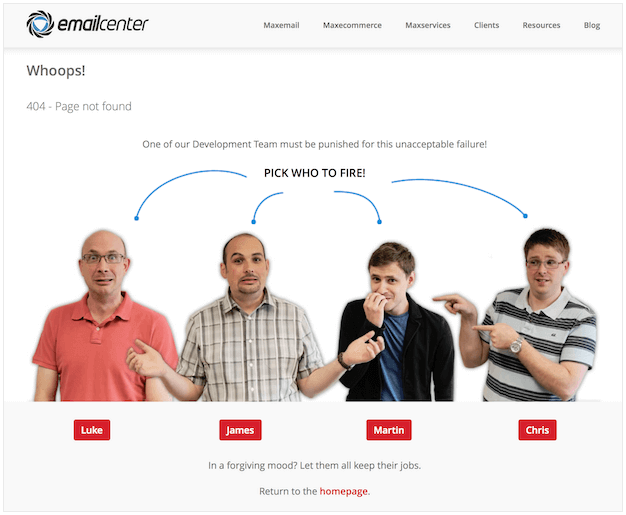
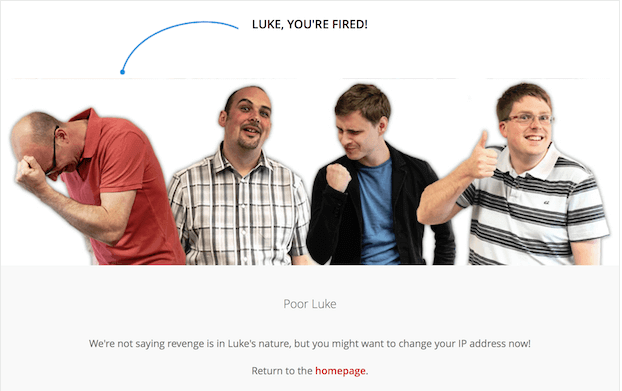
The team at EmailCenter takes advantage of an annoying 404 error page by sticking to their British sense of humor—they jokingly direct users to “fire” one of their colleagues. By making light of the situation and putting their own employees on display, EmailCenter conveys a sense of empathy through playful mockery.
Compare that example to the typical 404 error message:
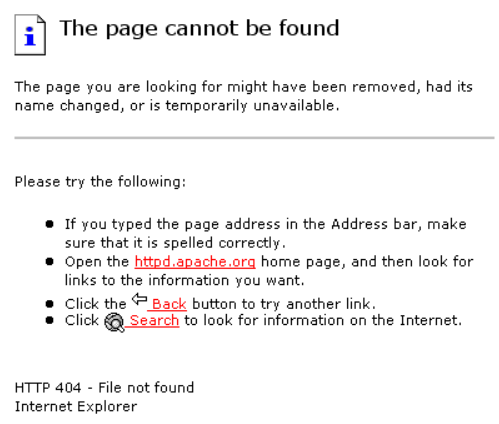
Lame.
Something happened to the page. “They” don’t really know why. I’m already disinterested in this message and I barely read the first line. Like most users, I’d bounce off the site immediately.
Use What The Marketing Gods Gave You
So where else can you start producing creative copy in your digital campaigns?
It seems like every few months popular marketing platforms like Google Ads, Facebook, and LinkedIn expand their character limits and content features.
It’s like they are actively championing you to write better ad copy, and to test ways to differentiate your client’s brand.
For example, earlier this year Google Search added a third headline and second description line to their Expanded Text Ad (ETA) format. That means Google’s ETAs now grant you 270 characters to communicate your value proposition and brand—that’s 150 more characters than they had this time last year, and we’re not even counting site-link extensions or call-outs.
Also, if you are managing a PPC campaign, make sure your landing page is visually appealing and comprehensible. Don’t pack together long, wordy paragraphs. Instead, keep your message short and sweet. And always, always, have a clear CTA available as high up as possible on your page.
Check out this super clean landing page for an online degree program for military students at the University of Maryland University College.
Notice how each paragraph is broken into separate sections and they each have a corresponding image and identifiable CTA? It’s easy to understand what this page is about, and there’s plenty of opportunities for visitors to submit their contact information.
We’re barely scratching the surface here so if you want to enhance your client’s B2B inbound marketing campaigns with witty, and powerful creative content, check out our in-depth best B2B inbound marketing practices or reach out directly to inSegment today.

